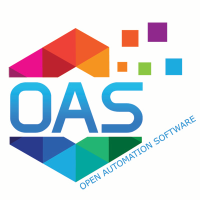
Open Automation Software
Open Automation Software IoT Framework connects all commonly used industrial and business data sources to almost any application including .NET, Web, iOS, Android, and databases, all using open data formats and lightweight secure networking transport with data validation from end to end.